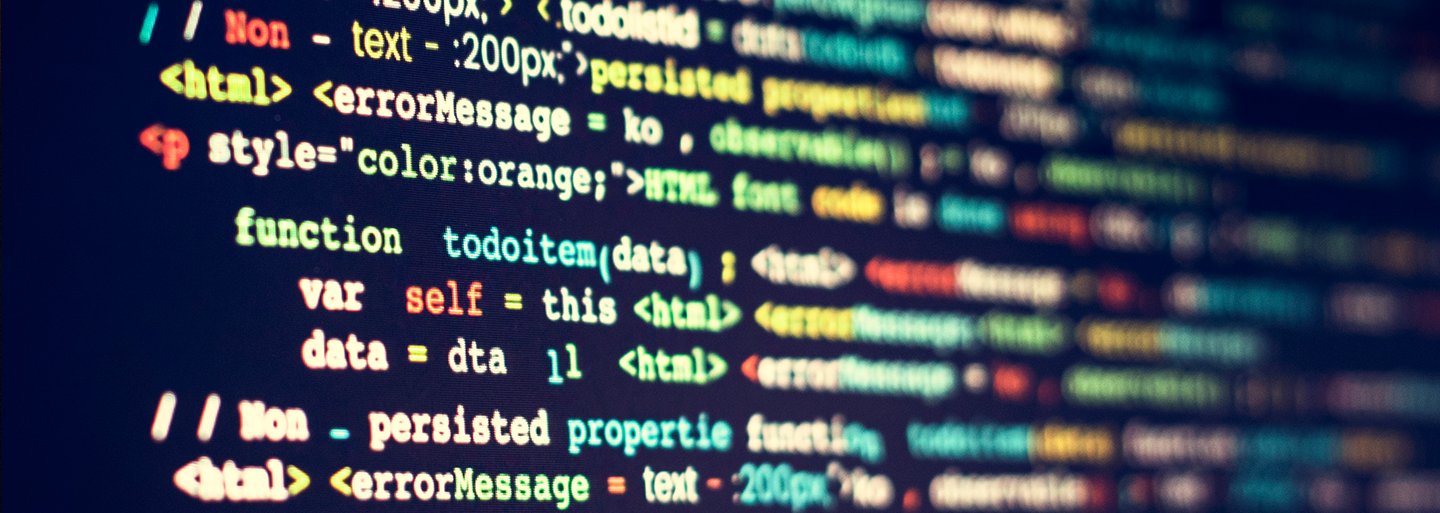
Nowadays, we use software even when we're not aware of it, as everything from cars to smartwatches and household appliances, without exception, is operated with the help of some software or application. However, few people know that in the development of any software, there is a good chance that open-source software is used. Open-source software offers excellent solutions and an inexhaustible knowledge base, but its legal implications are far from clear.

What does open-source mean?
Regardless of the quality or usability of the software, it is protected by copyright law. This protection originates from the law, and no registration or procedure is required; from the creation of the software, the developer is entitled to copyright. To create software as a result of development, the creation of source code is necessary. Source code is a series of definitions and instructions according to a specific programming language – and it is also the subject of copyright protection. Therefore, it is easy to understand that if source code is created, forming the basis of valuable and marketable software, developers are not inclined to share it with the public for free use.
However, the free software movement, exemplified by Richard Stallman, does not adhere to this principle. Thanks in part to this, the field of information technology has undergone explosive development in the past 40-50 years. The fundamental idea of the movement that started in the 1980s is that every software should be usable, studyable, distributable without restrictions, and, as a result, anyone should be able to develop and improve it. Through continuous use and development, software solutions of increasingly higher quality and complexity can be created, better serving their assigned purposes. The system now operates through voluntary online communities (GitHub, GetApp), where developers can upload the source code they create, which anyone can access by accepting the terms of use (license) associated with that source code.
Misconceptions and Solutions
When considering a solution as a developer, it may seem simple to browse through a platform, find the appropriate source code, and simply copy (or use as inspiration) the found solution. This is a very simplified approach but illustrates that open-source software is surrounded by many legal misconceptions.
These software solutions are also protected by copyright, and their terms of use are determined by the provisions of the associated license. Therefore, although easily accessible, their use is not unlimited, not without risks, and not always free. Broad free use results not only in rights but also in responsibilities: developers of open-source software do not assume any responsibility for damages resulting from the use of their creations; users bear these responsibilities. It is important to emphasize that use not only involves risks; contrary to beliefs, these are not amateurish handiworks – open-source software is created by professional software developers, providing completely secure solutions. Through their use, new, marketable software can be created, although not always.
However, before incorporating an open-source software or solution into your own proprietary software, it is essential to familiarize yourself with the associated license. Based on the practice of recent decades, licenses can be classified into well-worked-out types, ranging from extremely permissive licenses containing only basic restrictions (e.g., Apache, BSD, MIT licenses) to licenses imposing strict conditions that also influence the legal fate of software created using them (e.g., GPL 2.0 license).
Beware of the contagious effect!
With the use of open-source software, most developers aim to cover a specific functionality, so it's not surprising that the most widespread licenses allow their users to create new software freely, either by modifying or incorporating the source code, which can later be sold. In this case, usage rights are almost unlimited; practically, a user can gain financial advantage by copying a solution developed by another person if they adhere to the basic restrictions of the license (e.g., not using it for illegal purposes). However, there are licenses that adhere more strictly to the original goals of the free software movement and, beyond free use, also obligate the user.
The most fundamental obligation is to inform users of newly developed and sold software about the use of open-source software and attach the relevant license to the documentation. More aggressive solutions are also widely known: there are open-source licenses that require applying the same license conditions to software developed with their use – this is commonly referred to as the "copyleft" effect (especially with GPL and LGPL type licenses). Thus, the source code of the created software must be made freely accessible and modifiable, and it cannot be sold commercially. This does not automatically mean that if GPL-licensed source code is used for a separable part of a project, the entire software must be made freely available; it is sufficient to make only the "infected" part accessible – the demarcation of which, however, is the subject of an IT audit.
For developers, the use of open-source software is, therefore, a real double-edged sword, and the "edge of advantage" is much longer: by carefully reviewing licenses, almost unlimited solution possibilities are offered at minimal costs. Potential risks in use can be mitigated by seeking legal advice before launching or selling software.




